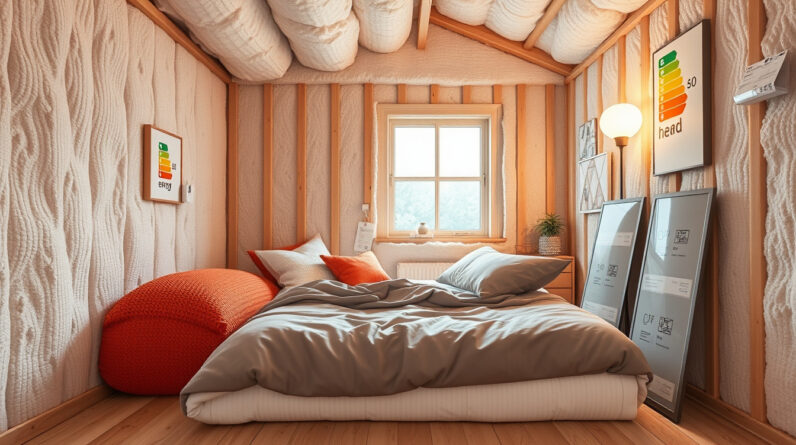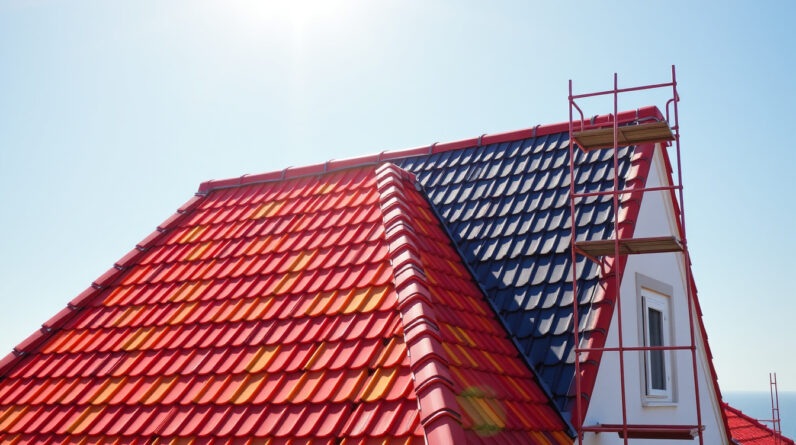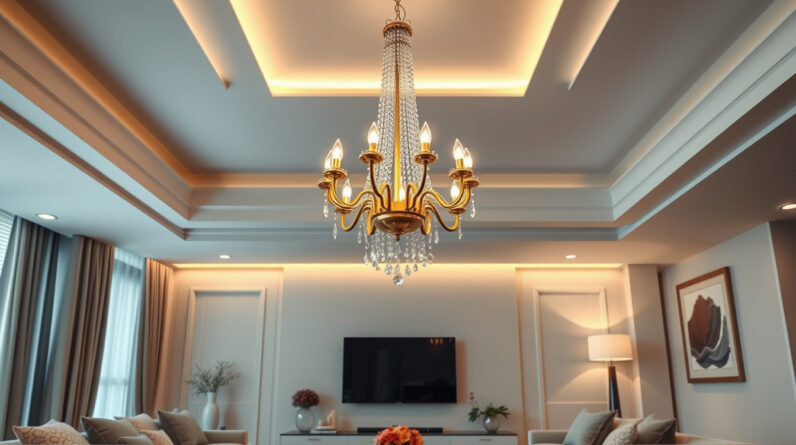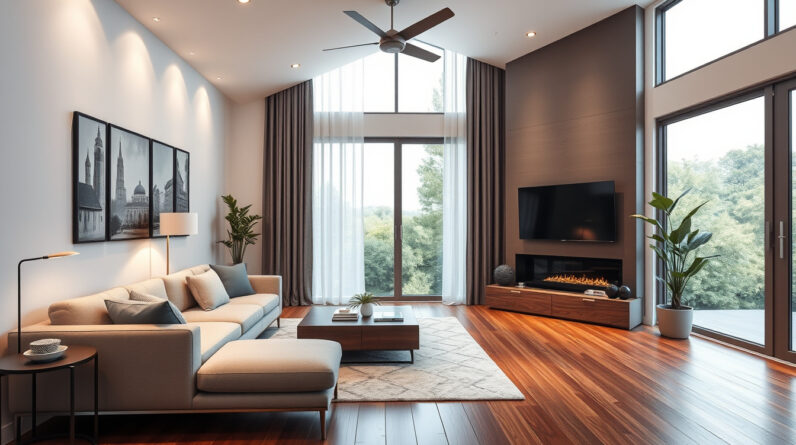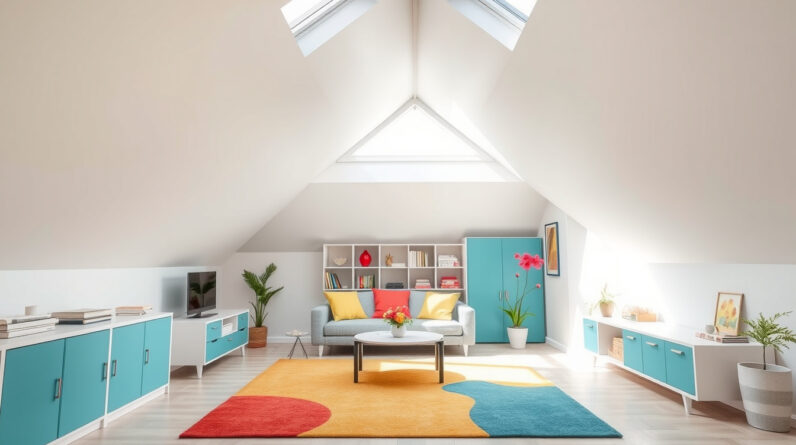When it comes to designing and constructing a durable, attractive, and energy-efficient building, choosing the right cladding is a crucial decision. Cladding options encompass a wide variety of materials, each with its own set of benefits and limitations. This guide will help you understand the different types of cladding, factors to consider when selecting a material, and how to make an informed choice that aligns with your building’s purpose, aesthetic vision, and budget.
Understanding the Importance of Cladding
Cladding is the external layer applied to a building’s structure, serving both protective and aesthetic functions. It shields the underlying walls from harsh weather, UV rays, and physical impacts, while also contributing significantly to the overall style and impression of the building. Proper cladding can improve thermal insulation, reduce maintenance costs, and increase the building’s longevity.
Types of Cladding Materials: An Overview
Choosing the right cladding material involves understanding the characteristics, pros, and cons of each option. Here’s a rundown of popular cladding materials:
-
Vinyl Cladding
Known for its affordability and low maintenance, vinyl cladding is a popular choice for residential buildings. It is resistant to rot, pests, and fading and comes in a broad range of colors and styles. However, it can become brittle in extreme cold and may warp or crack over time. -
Metal Cladding
Metal options such as aluminum, steel, and zinc offer durability and a sleek, modern look. Aluminum is lightweight, corrosion-resistant, and easy to install, while steel is stronger but may require additional protective coatings. Metal cladding is excellent for industrial, commercial, and contemporary residential buildings. -
Wood Cladding
Offering natural beauty and warmth, wood cladding is a classic choice for traditional and rustic styles. It can be made from timber, cedar, or engineered wood. Proper treatment is necessary to prevent rot and insect damage, and it requires periodic maintenance. -
Fiber Cement Cladding
Composed of cement, sand, and cellulose fibers, fiber cement cladding combines strength with versatility. It’s resistant to fire, pests, and weather, and can mimic wood or stone textures. It’s a cost-effective premium option suitable for various climates. -
Brick and Masonry Cladding
This, traditional cladding material offers timeless appeal and excellent thermal mass. Often used in historic restorations or classic designs, brick and masonry require skilled installation and can be heavy, impacting structural considerations. -
Stone Cladding
Providing a luxurious and durable exterior, stone cladding can be made from natural stones like granite, slate, or limestone, or from manufactured stone veneer. It adds significant aesthetic value but can be expensive and labor-intensive to install.
Factors to Consider When Choosing Cladding
Selecting the right cladding material depends on several key factors:
- Climate and Weather Conditions: Durability in extreme weather, resistance to moisture, and thermal performance are vital considerations.
- Aesthetic Goals: The visual impact and style should align with your architectural vision.
- Maintenance Requirements: Some materials need regular repainting, sealing, or cleaning, while others are virtually maintenance-free.
- Budget Constraints: Material costs, installation expenses, and long-term maintenance should be weighed.
- Environmental Impact: Sustainable options, recycled materials, and energy efficiency are increasingly important in modern building design.
- Building Code and Regulations: Ensure your selected cladding complies with local safety, fire, and building codes.
Comparison Table: Cladding Options at a Glance
| Material | Durability | Cost | Aesthetic Appeal | Maintenance | Environmental Impact |
|---|---|---|---|---|---|
| Vinyl | Moderate | Low | Versatile | Low | Low (recyclable options) |
| Metal (Aluminum) | High | Moderate | Modern, sleek | Moderate | Recyclable, energy-efficient |
| Wood | Moderate | Variable | Natural, warm | High | Renewable, biodegradable |
| Fiber Cement | High | Moderate | Textured, versatile | Low to Moderate | Environmentally friendly |
| Brick/Masonry | Very high | High | Classic, timeless | Low | Long-lasting, recyclable |
| Stone | Very high | Very High | Luxurious | Low | Natural, durable |
Best Practices for Installing and Maintaining Cladding
Proper installation ensures your chosen cladding performs optimally. Here are some best practices:
- Professional Installation: Engage experienced contractors familiar with the specific material.
- Adequate Ventilation: Facilitate moisture escape to prevent mold and decay.
- Regular Inspection: Check for damage, corrosion, or signs of wear periodically.
- Timely Repairs: Promptly address issues such as cracks, corrosion, or loose panels.
- Cleaning Regimen: Use suitable cleaning agents to preserve appearance, avoiding harsh chemicals where necessary.
FAQs About Cladding Material Selection
Q1: What is the most cost-effective cladding option for a residential building?
A1: Vinyl cladding generally offers the most affordable solution, combining low initial costs with minimal maintenance needs.
Q2: Which cladding material is best for extreme weather conditions?
A2: Fiber cement and stone cladding are highly durable choices suited for harsh climates, offering resistance to moisture, wind, and temperature variations.
Q3: How can I ensure my cladding choice aligns with sustainable building practices?
A3: Opt for environmentally friendly options such as recycled metal, sustainably sourced wood, or fiber cement with low VOC emissions. Additionally, consider the material’s insulative properties to improve energy efficiency.
Expert Insights and Recommendations
According to the U.S. Department of Energy, proper cladding enhances wall insulation, reducing heating and cooling costs (source). When selecting cladding, consider not only appearance but also the material’s insulation qualities, environmental impact, and lifecycle costs. A thoughtful choice can add value to your property while creating an energy-efficient and visually appealing building.
Conclusion: Make an Informed Cladding Choice
Choosing the right cladding material is a critical step in ensuring your building is durable, aesthetically pleasing, and energy-efficient. By understanding the various options—such as vinyl, metal, wood, fiber cement, brick, and stone—you can select a material that meets your functional needs and design vision. Be sure to consider factors like climate, maintenance, budget, and environmental impact, and consult with industry professionals to achieve the best results.
Ready to elevate your building’s appearance and performance? Explore the options above and partner with reputable suppliers and contractors to turn your vision into reality. Your perfect cladding solution is just a decision away!


